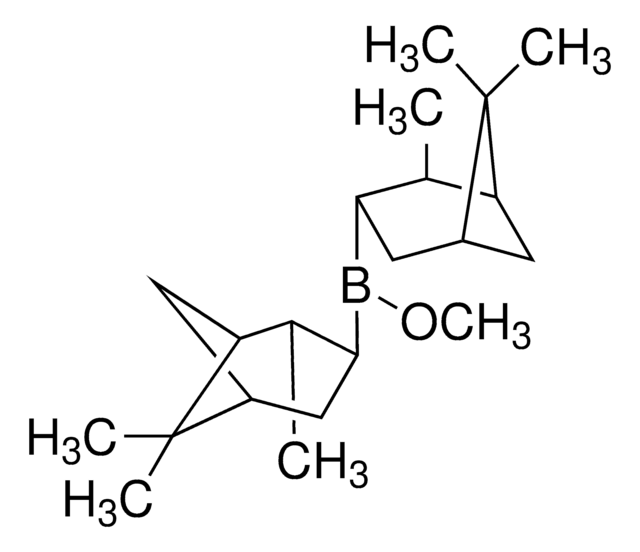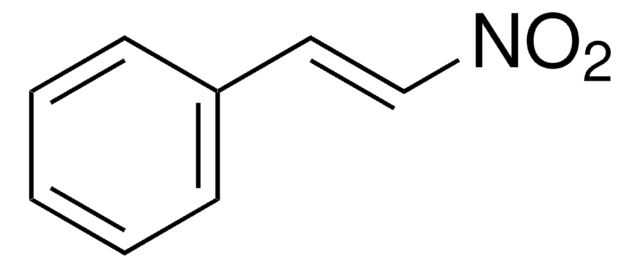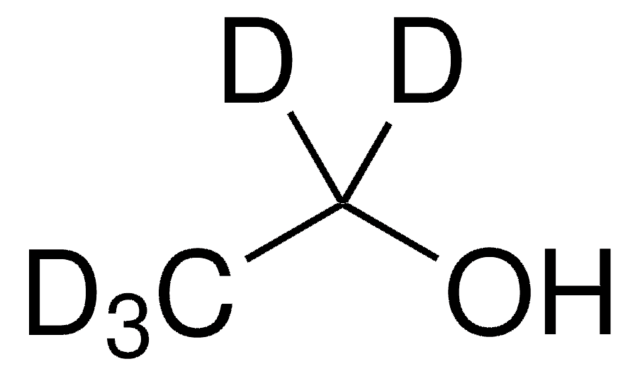343854
Methanol-d3
99.8 atom % D
Sinónimos:
1,1,1-Trideuteromethanol, Methyl-d3 alcohol
About This Item
Productos recomendados
pureza isotópica
99.8 atom % D
Análisis
99% (CP)
formulario
liquid
lim. expl.
5.5-36.5 % (lit.)
técnicas
NMR: suitable
impurezas
≤0.05% water
water
índice de refracción
n20/D 1.327 (lit.)
bp
65 °C (lit.)
densidad
0.867 g/mL at 25 °C (lit.)
formato
neat
cambio de masa
M+3
cadena SMILES
[2H]C([2H])([2H])O
InChI
1S/CH4O/c1-2/h2H,1H3/i1D3
Clave InChI
OKKJLVBELUTLKV-FIBGUPNXSA-N
¿Está buscando productos similares? Visita Guía de comparación de productos
Descripción general
Aplicación
Productos recomendados
Para utilizar con
Palabra de señalización
Danger
Frases de peligro
Consejos de prudencia
Clasificaciones de peligro
Acute Tox. 3 Dermal - Acute Tox. 3 Inhalation - Acute Tox. 3 Oral - Flam. Liq. 2 - STOT SE 1
Órganos de actuación
Eyes,Central nervous system
Código de clase de almacenamiento
3 - Flammable liquids
Clase de riesgo para el agua (WGK)
WGK 2
Punto de inflamabilidad (°F)
51.8 °F - closed cup
Punto de inflamabilidad (°C)
11 °C - closed cup
Equipo de protección personal
Eyeshields, Faceshields, Gloves
Elija entre una de las versiones más recientes:
¿Ya tiene este producto?
Encuentre la documentación para los productos que ha comprado recientemente en la Biblioteca de documentos.
Los clientes también vieron
Nuestro equipo de científicos tiene experiencia en todas las áreas de investigación: Ciencias de la vida, Ciencia de los materiales, Síntesis química, Cromatografía, Analítica y muchas otras.
Póngase en contacto con el Servicio técnico











